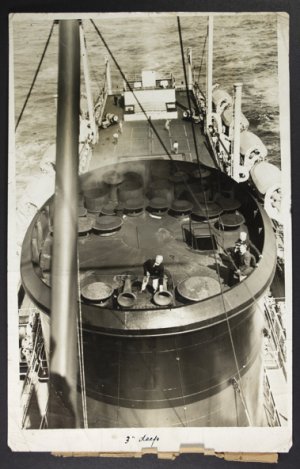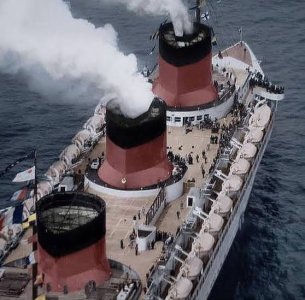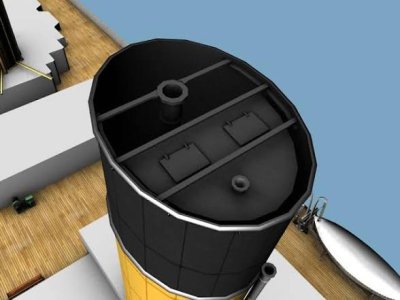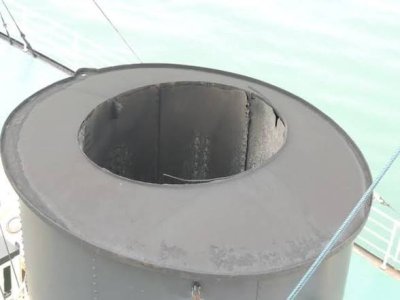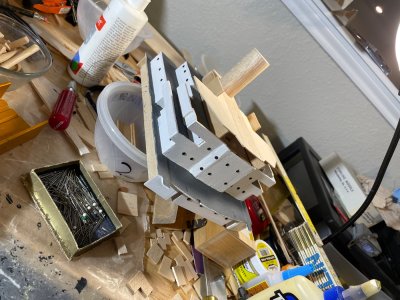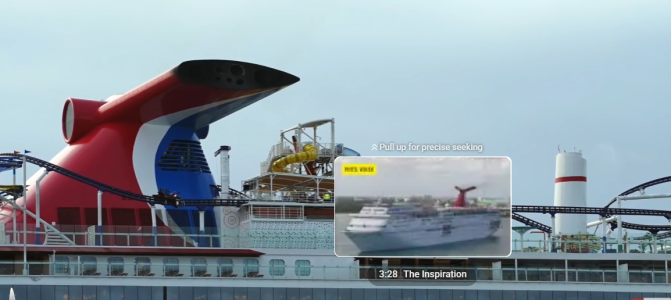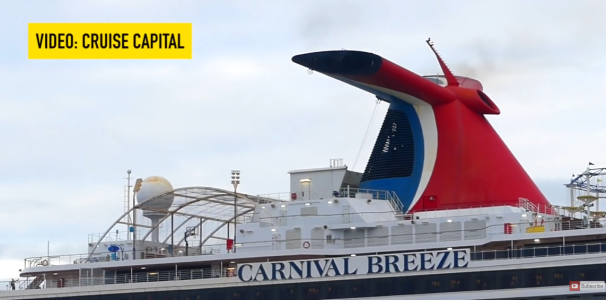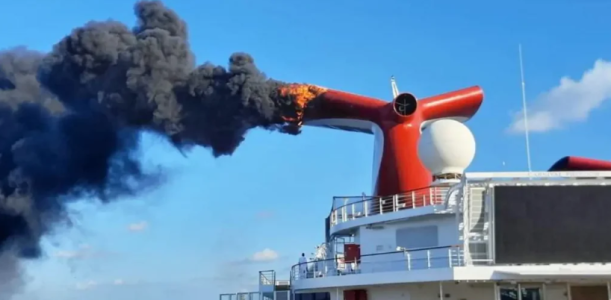The S.S Exxon Benicia had a regenerative heater exchanger. It transferred heat from boiler exhaust gas to incoming boiler combustion air. It did this using a cylindrical rotor formed from hundred of plates arranged in a radial direction. The rotor hot boiler gasses heating the plates on one half of the rotor, and a motor rotated the rotor such that the heated plated moved from the passage containing the uptake and boiler gases to the intake passage through which the combustion air flowed through. The combustion air picked up the heat from the plates. We had to clean the soot off plates every few months when the boiler was shut down by entering the combustion air passage through a hatch and using a water hose to wash them off. The water was diverted to drains so it didn't enter the boiler airbox below. Clever economizer unit!By the time that these ships were built steam turbines paired with water tube boilers were mature technology and Marine Engineers had figured out how to capture and utilize waste heat. A major heat loss was the hot gas from combustion that escaped up the stack. These stacks were therefore lined with heat exchangers that used hot stack gas to heat boiler feed water and or combustion air. If fitted with an air heater there might be an opening somewhere to serve as an air inlet. In either case there wold be a lid at the top of the stack with a smaller diameter smoke pipe passing through.
Roger

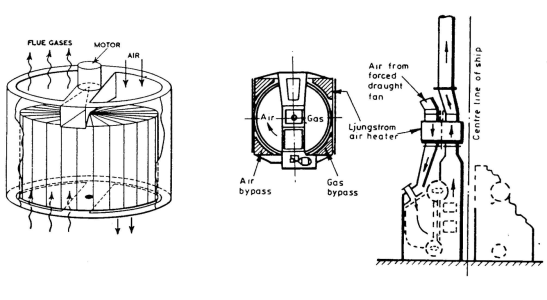
Last edited:




